Biophysical and Biochemical Platforms


Biophysics Biochemistry
Binding
MST, SPR, nanoDSF, DSF, ITC, HTRF, TR-FRET, FP, SwitchSense, Mass spectrometry, 1H and 19F NMR
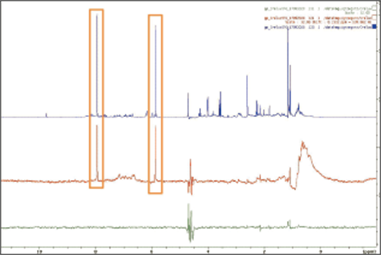
STD (Saturation-Transfer Difference) NMR
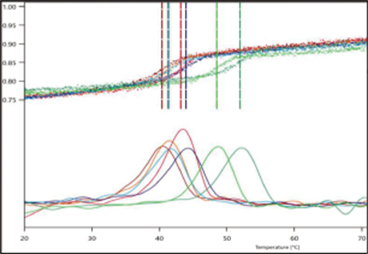
nanoDSF
(differential scanning fluorometry)
(differential scanning fluorometry)
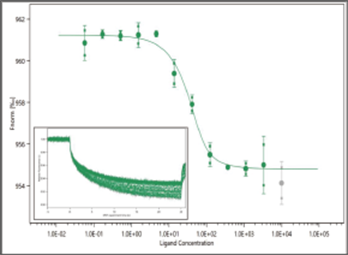
MST
(MicroScale Thermophoresis)
(MicroScale Thermophoresis)
Kinetics
SPR, HTRF, TR-FRET, SwitchSense

SwitchSense
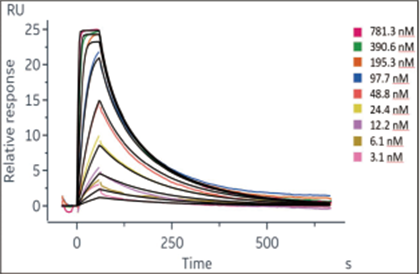
SPR (Surface plasmon resonance)
Thermodynamics&Stoichiometry
ITC, SPR, MST &SPR, ITC, MST

Function
HTRF, TR-FRET, SwitchSense, various biochemical assays (luminescence, fluorescence, colorimetric
read-out)
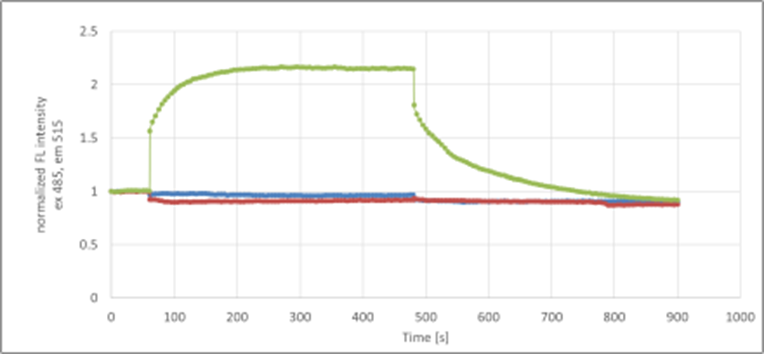
SwitchSense

SPR (Surface plasmon resonance)
Protein Quality
nanoDSF, DSF, DLS, Mass spectrometry
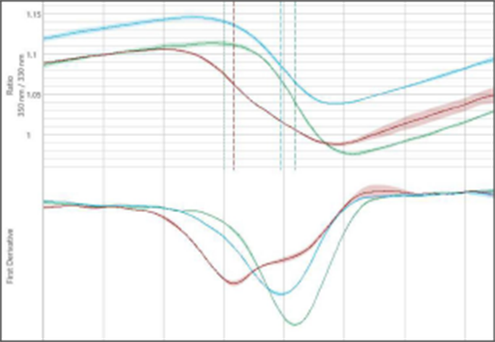
Bodipy-GTP nucleotide exchange assay
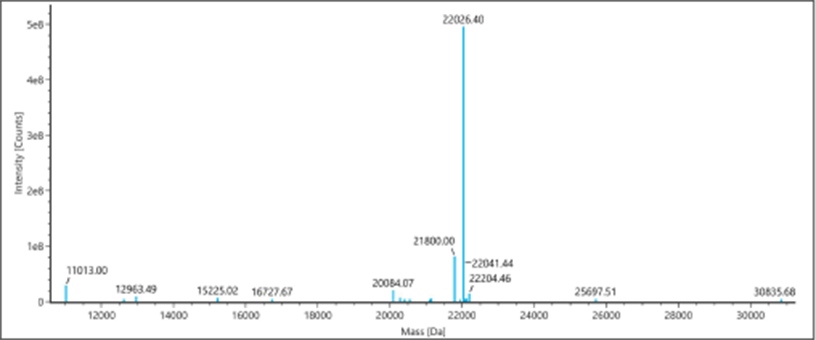
LC-MS

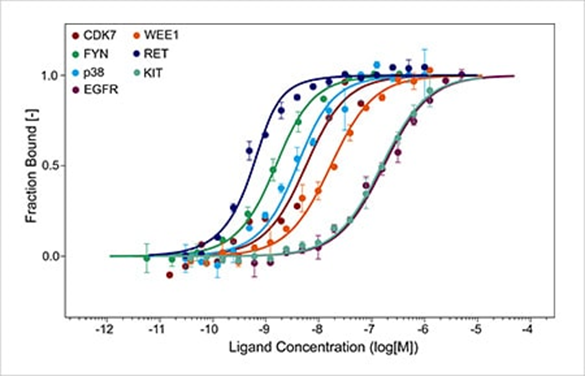
Complete biophysical characterization of your compound series
Comparison of methods
| Advantages | Disadvantages | Information obtained and Range |
|
|---|---|---|---|
| Affinity Selection Mass Spectrometry (AS-MS) |
|
Low-affinity binders are hard to detect | < 10 uM |
| Differential Scanning Fluorimetry (DSF) |
|
|
1 nM-100uM |
| Dynamic Light Scattering (DLS) |
|
|
Translational diffusion coefficient (Dt), Rh, dh, B22, kD, viscosity |
| Fluorescence Polarization (FP) |
|
|
Kd 1nM - 1mM |
| Homogeneous Time Resolved Fluorescence (HTRF) |
|
|
Kd, EC50, kon, koff 1pM - 1mM |
| Isothermal Titration Calorimetry (ITC) |
|
|
Kd, ΔH, ΔS, ΔG, stoichiometry 1nM - 100μM |
| Microscale Thermophoresis (MST) |
|
|
Kd 1pM - 1mM |
| Nano-Differential Scanning Fluorimetry (nanoDSF) |
|
|
Tm, Cm, &DeltaG |
| Surface Plasmon Resonance (SPR) |
|
|
kon, koff, stoichiometry 1pM - 500μM |
| SwitchSense |
|
|
kon, koff, Kd, dh, stoichiometry |
| Time-Resolved Fluorescence (TR-FRET) |
|
|
Kd, EC50, kon, koff 1pM - 1mM |